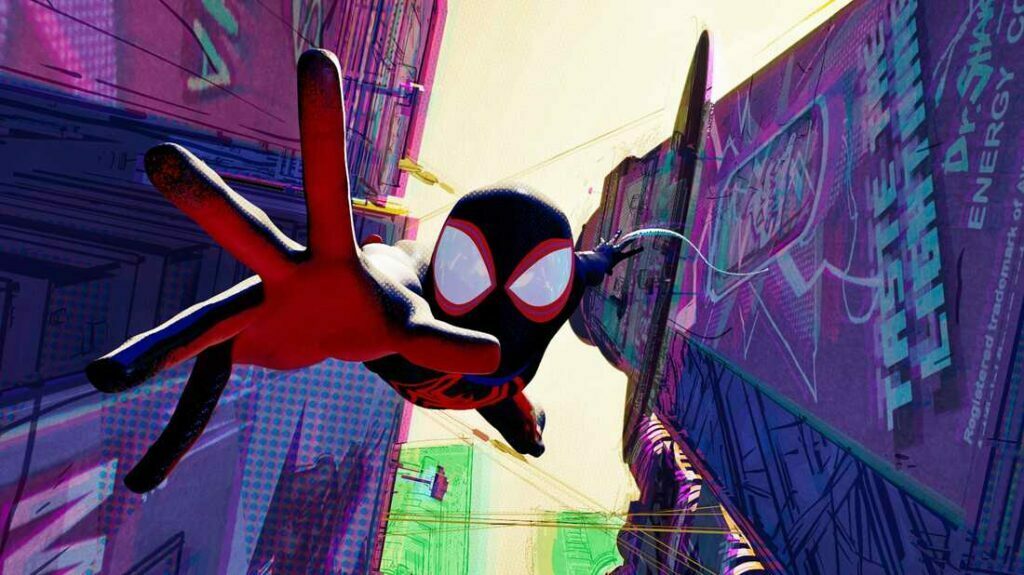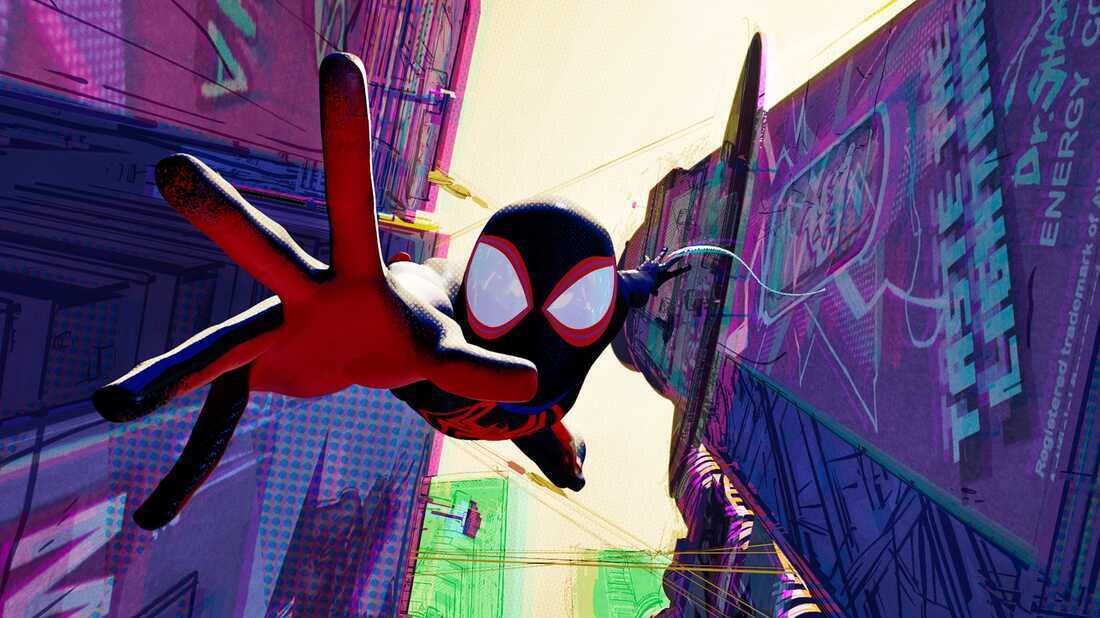
It’s maybe lucky that Spider-Man: Into the Spider-Verse hits theatres exactly one week after Disney’s lavish-yet-weak adaptation of The Little Mermaid.
The two films may not appear to have much in common, but both are attempts to diversify famous decades-old pop-culture assets, extending the racial mix on screen and, in theory, making these stories relevant to a larger range of viewers.
But only one is successful. It’s not only that Disney’s remake of its 1989 animated classic is sluggish and bland, a dutiful-at-best trudge that’s nearly an hour longer than the original. Its efforts at inclusiveness resemble more forced H.R. training than any serious programme of cultural extension. Indeed, the film’s superficial approach to diversity works against it, asking strange and, frankly, unsettling concerns that contrast with the blend of oceanic hilarity and scariness that kept the first picture afloat.
In contrast, Spider-Verse exploits its self-aware displays of variation as a gateway into a wild and joyous examination of human individuality. It’s a film that finds excitement and surprise in depicting a multi-ethnic, multi-racial, multi-cultural, multi-attitudinal world of Spider-Men and Spider-Women and Spider-Somethingelses, whereas The Little Mermaid approaches its diversity upgrades as a careful exercise in box-checking.
The Little Mermaid’s debut last week sparked an amuse bouche of fury over New York Times critic Wesley Morris’ assessment, in which he bemoaned that the film “reek[ed] of obligation and noble intentions.” They’re missing: joy, excitement, intrigue, danger, flavour, and kink.”
Kink, perhaps? Given that this is a film about teens aimed mostly at younger females, one may argue that the word choice is reasonable. But, later in the review, Morris raised a more pointed complaint: the film’s attempt to diversify its cast, not only with a black Ariel, but with a multi-ethnic panel of mermaid princesses—all, somehow, descended from the same mother and father?—as well as a black Caribbean queen as the adoptive mother of the title character’s object of princely affection, raised more than a few eyebrows.
“With all these Black women running around in what appears to be the nineteenth century, the talk of ships and empire, Brazil and Cartagena just makes me wonder about the cargo on these boats,” Morris wrote in a chapter about the unusual selections. “It’s really a misery,” he said, “to notice these things.”
It’s a pain, especially in a picture that makes no case for its own existence and serves simply as a 135-minute reminder of how much funnier, richer, more frenetic, and alive the 83-minute animated original was.
Similarly, Spider-Verse populates its plot with a varied cast of individuals designed to extend the superhero’s horizons.
Miles Morales, the main character, is the multiracial adolescent son of an African American father and a Puerto Rican mother, yet he identifies more as a Brooklynite than anything else.
The driving principle behind the film was that every thread of the universe contained a Spider-Person of some type, and as there were an endless number of strands, there were also an infinite number of Spider-Men. This meant that anybody could play Spider-Man, that the role was an idea, a generalizable heroic ideal to be cast and recast, rather than a single unique tale about a person called Peter Parker. The film appeared to suggest that we are all Spider-Man. Spider-Man appeals to people of all ages.
Across the Spider-Verse expands on this concept, filling the Spider-Verse with an even more diverse and wacky assortment of Spider-Folk. There’s an Indian Spider-Man who lives in a hybrid of Mumbai and Manhattan (Mumbattan); a British anarchist punk-rock Spider-Man who wields a guitar and sports pyramid spikes on his costume; and, as hinted at the end of the first film, a futuristic Spider-Man—based on Spider-Man 2099—voiced by Oscar Isaac, who leads an elite team of multiversal agents.
Each of these characters symbolises a type, a culture, an ethnicity, or an ancestral region—but each is also a separate human, a distinct character with unique habits, idiosyncrasies, and worldviews. The film touches on politics: the Indian Spider-Man says something about a museum displaying everything the British stole from his people; the anarchist Spider-Man says something witty about a collapsing building being a metaphor for capitalism; and Morales wears a Black Lives Matter pin on his schoolbag. Notably, his father is also a cop, and the film is filled with loving, doting, and friendly police officer father figures.
This is the polar opposite of viewing diversity as a tedious task, a cultural-political need. Rather, it’s a chance for stranger and more fascinating stories and personalities, crazier and sillier antics, astonishment and the unexpected. It recognises diversity as a means of exploring the limitless and dizzying joys of unique human beings, even if each of those people is Spider-Man.
It’s not a bad thing to notice these traits, since noticing the idiosyncrasies and kinks of fully realised fictional people is never a bad thing. It’s a thrill and delight, just like the movie.




One thought on “Across the Spider-Verse Gets Cinematic Diversity Right”